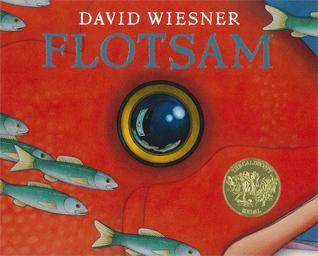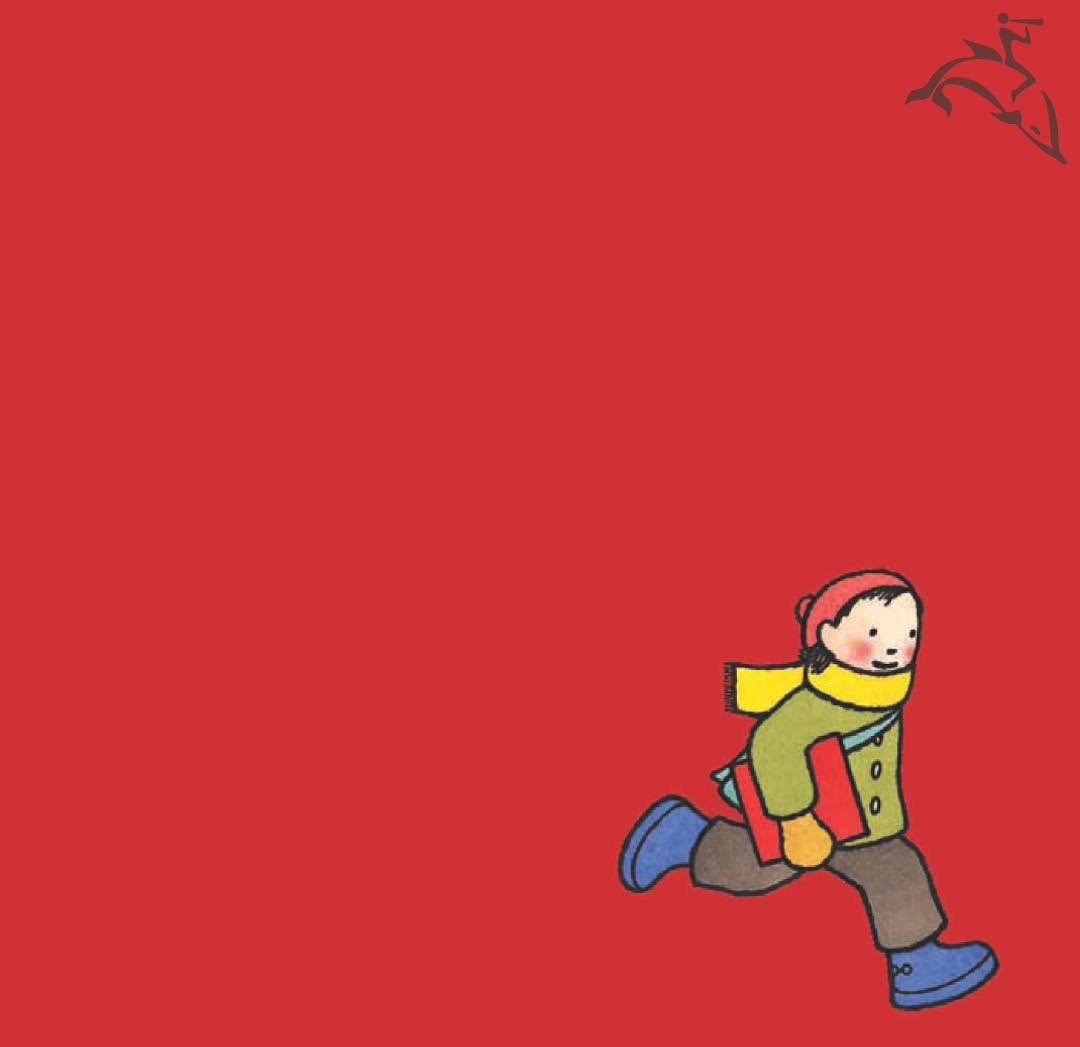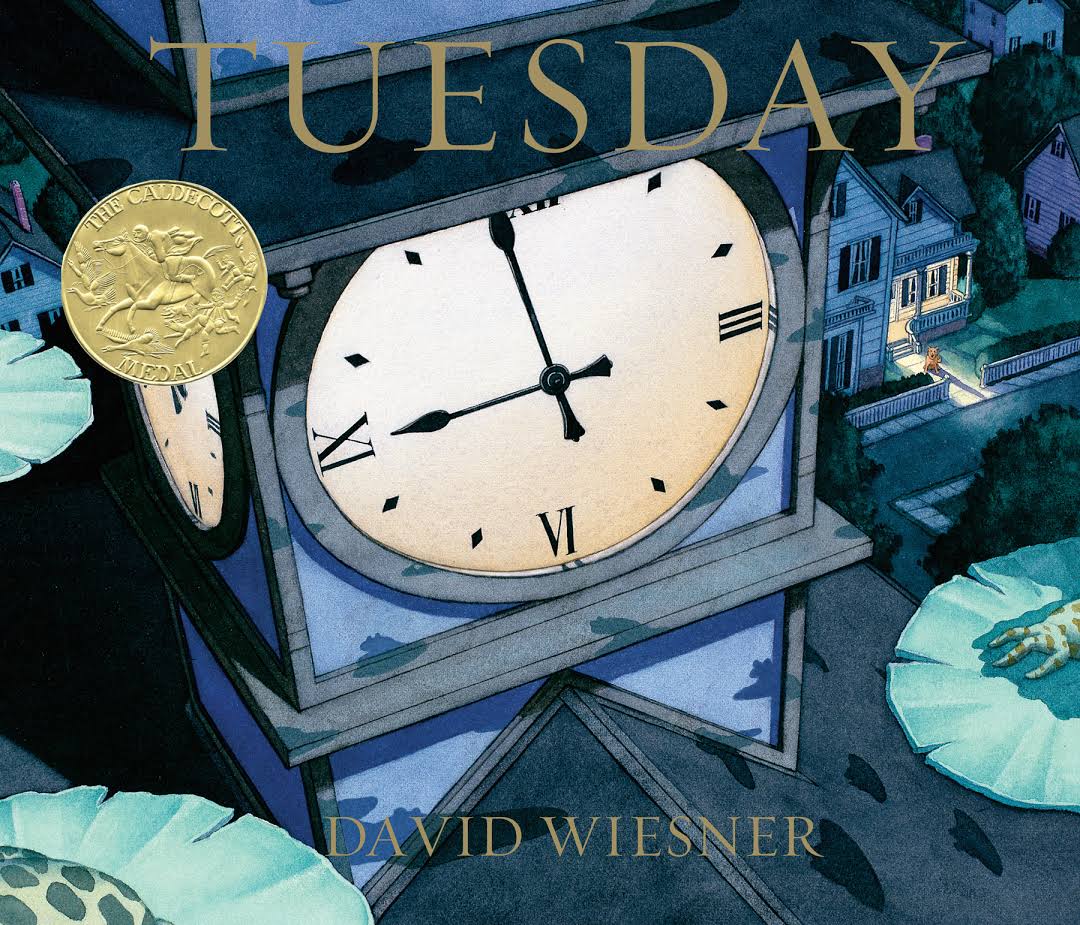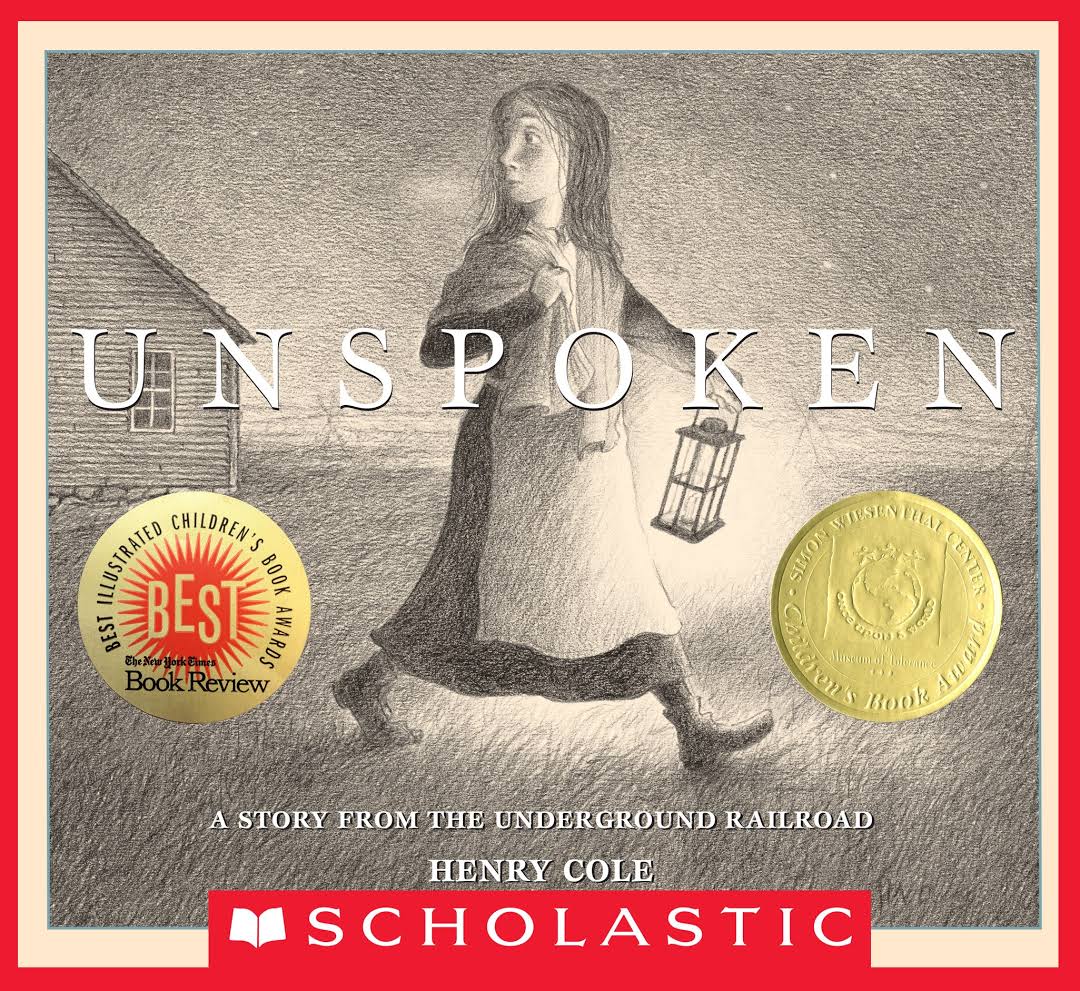In my opinion, wordless picture books are one of the coolest, most amazing and sadly under-appreciated genres out there.
Really.
What are wordless picture books? They're just that—picture books without words.
Why the hype? Wordless picture books allow the reader (or viewer) to create their own story using the illustrations provided. They allow for thought, creativity, and interpretation. They allow for change and adaptation.
And wordless picture books are a must-read for our older readers. Even if your kids are way into chapter books, wordless picture books are well worth their time.
Here's why:
• Wordless picture books can be a great steppingstone for storytelling. Encourage a child to "read" the book to a younger cousin or friend. For far-away family, use Skype or Facetime. It's a super way to stay connected and celebrate books.
• Wordless picture books can be a fun family activity. Swap your Friday night game night or movie night for a stack of wordless picture books. Choose a book and have every family member take a page, tell the story, and then pass the book to the next person.
• Wordless picture books are great for talking about point of view. Take turns telling the story from different characters' points of view. It's interesting and sometimes surprising what you'll learn.
• Wordless picture books help develop verbal skills. When children "read" wordless picture books, they are practicing speaking skills. They're thinking and planning, using transition words, and developing character dialogue. It's not easy—but it's a skill that can be continually improved upon and developed!
• Wordless picture books help children develop confidence. It's true. They develop confidence in their ability to control an audience, confidence in their speaking ability, and confidence in their own creativity.
• Wordless picture books emphasize the power of illustration. Wordless picture books are a super way to look more deeply into how authors use illustration to tell a story through character expression, color, setting, and more.
Want some titles of wordless picture books that are worth checking out for your older readers?

Flotsam by David Wiesner: a little boy looks more closely at objects washed ashore and is taken by one particular surprise

The Lion and the Mouse by Jerry Pinkey: a wordless version of one of the Aesop's Fables with incredible illustrations

The Red Book by Barbara Lehman, illustrated by Ariel Pang: two friends meet under really unusual circumstances

Tuesday by David Wiesner: a magical story of two frogs who go on quite an adventure

Unspoken by Henry Cole: a young Southern farm girl discovers a slave hiding in her barn
What do you think? Have you used wordless picture books with your older readers? How? We'd love to know!
Please share your thoughts on the Scholastic Parents Facebook page, or find Amy on Twitter, @teachmama, and let's continue the conversation!
Read all posts by Amy Mascott.
Really.
What are wordless picture books? They're just that—picture books without words.
Why the hype? Wordless picture books allow the reader (or viewer) to create their own story using the illustrations provided. They allow for thought, creativity, and interpretation. They allow for change and adaptation.
And wordless picture books are a must-read for our older readers. Even if your kids are way into chapter books, wordless picture books are well worth their time.
Here's why:
• Wordless picture books can be a great steppingstone for storytelling. Encourage a child to "read" the book to a younger cousin or friend. For far-away family, use Skype or Facetime. It's a super way to stay connected and celebrate books.
• Wordless picture books can be a fun family activity. Swap your Friday night game night or movie night for a stack of wordless picture books. Choose a book and have every family member take a page, tell the story, and then pass the book to the next person.
• Wordless picture books are great for talking about point of view. Take turns telling the story from different characters' points of view. It's interesting and sometimes surprising what you'll learn.
• Wordless picture books help develop verbal skills. When children "read" wordless picture books, they are practicing speaking skills. They're thinking and planning, using transition words, and developing character dialogue. It's not easy—but it's a skill that can be continually improved upon and developed!
• Wordless picture books help children develop confidence. It's true. They develop confidence in their ability to control an audience, confidence in their speaking ability, and confidence in their own creativity.
• Wordless picture books emphasize the power of illustration. Wordless picture books are a super way to look more deeply into how authors use illustration to tell a story through character expression, color, setting, and more.
Want some titles of wordless picture books that are worth checking out for your older readers?

Flotsam by David Wiesner: a little boy looks more closely at objects washed ashore and is taken by one particular surprise

The Lion and the Mouse by Jerry Pinkey: a wordless version of one of the Aesop's Fables with incredible illustrations

The Red Book by Barbara Lehman, illustrated by Ariel Pang: two friends meet under really unusual circumstances

Tuesday by David Wiesner: a magical story of two frogs who go on quite an adventure

Unspoken by Henry Cole: a young Southern farm girl discovers a slave hiding in her barn
What do you think? Have you used wordless picture books with your older readers? How? We'd love to know!
Please share your thoughts on the Scholastic Parents Facebook page, or find Amy on Twitter, @teachmama, and let's continue the conversation!
Read all posts by Amy Mascott.


